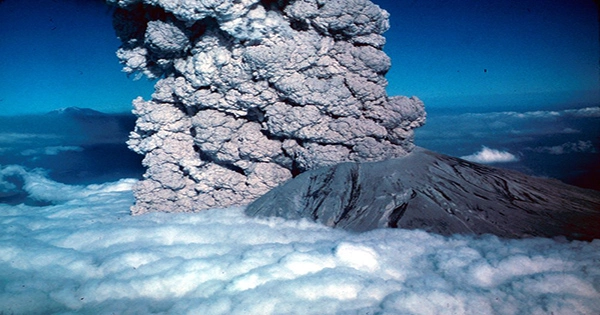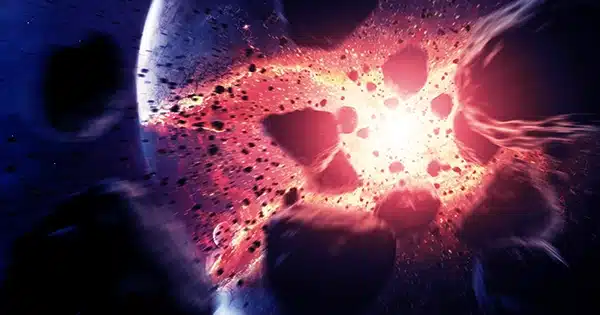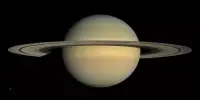As it hurtles toward the sun, a massive volcanic comet the size of a small city bursts violently for the second time in four months. And, as with the previous eruption, the cloud of ice and gas released what appeared to be a massive pair of horns.
The comet is a cryovolcanic — or cold volcano — comet designated 12P/Pons-Brooks. It has a solid nucleus with an estimated diameter of 18.6 miles (30 kilometers) and is filled with cryomagma, a mixture of ice, dust, and gas. The nucleus is surrounded by a coma, a hazy cloud of gas that leaks from the comet’s center.
When solar energy heats the insides of the comet, pressure builds up, and the comet violently explodes, spewing its frozen guts out into space via enormous holes in the nucleus’ shell.
According to the British Astronomical Association (BAA), which has been closely watching the comet, scientists observed a massive outburst from 12P on Oct. 5, after the comet became dozens of times brighter due to the increased light reflecting from its extended coma.

The comet’s coma extended more during the next two days, giving rise to its “unusual horns,” according to Spaceweather.com. Some analysts remarked that the comet’s irregular shape made it look like a science fiction vessel, such as the Millennium Falcon from Star Wars.
The unique shape of the comet’s coma is most likely caused by an irregularity in the shape of 12P’s nucleus, according to Richard Miles, a BAA astronomer, after the comet’s previous explosion. According to Miles, the outflowing gas is presumably being partially impeded by a notch sticking out on the nucleus. He said that when the gas expands away from the comet, the irregularity in the coma’s shape becomes more pronounced and visible.
12P is currently rushing toward the inner solar system, where it will be slingshotted around the sun on its highly elliptical 71-year orbit – akin to the green comet Nishimura, which performed a nearly identical move on Sept. 17.
12P will approach Earth on April 21, 2024, and may be visible to the naked eye before being propelled back toward the outer solar system. It won’t be back until 2095.
This is the second time this year that 12P has sprouted horns. On July 20, astronomers watched the comet blast its top for the first time in 69 years (due to outbursts being less frequent and more difficult to detect during the rest of its orbit). On that occasion, 12P’s coma expanded to around 143,000 miles (230,000 km), which is approximately 7,000 times broader than the core of the comet.
The size of the coma during the most recent eruption is unknown, but there are indications that it was “twice as intense” as the last one, according to the BAA. The coma has most likely returned to normal size by now.
As 12P continues to rush toward the sun, there is a good chance that we may see several more large outbursts. According to Spaceweather.com, such outbursts could be much larger than the most recent one as the comet absorbs more solar light.
The size of the coma during the most recent eruption is unknown, but there are indications that it was “twice as intense” as the last one, according to the BAA. The coma has most likely returned to normal size by now.
As 12P continues to rush toward the sun, there is a good chance that we may see several more large outbursts. According to Spaceweather.com, such outbursts could be much larger than the most recent one as the comet absorbs more solar light.















